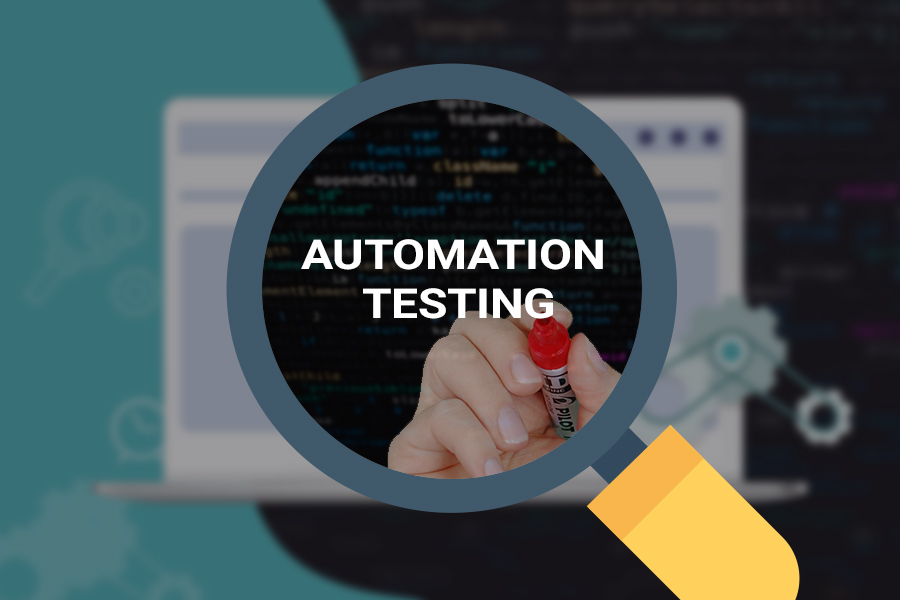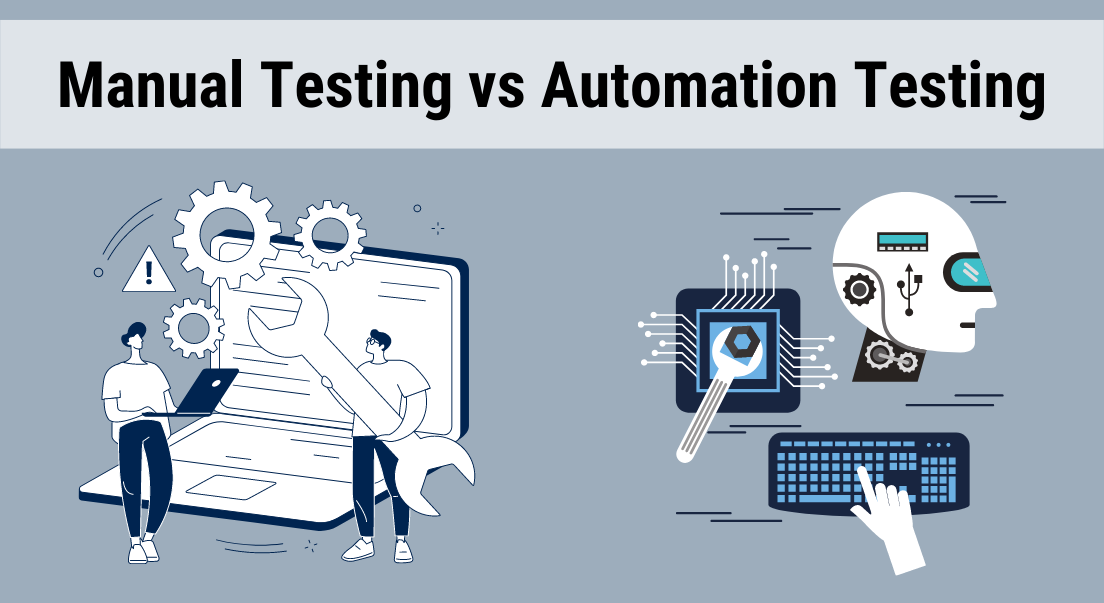Making Sure Success in Automation Checking: Key Metrics, Obstacles, and Solutions Every QA Group Should Know
In the world of software top quality guarantee, the landscape of automation testing is ever-evolving, requiring a meticulous approach to guarantee seamless operations. The journey to understanding automation screening is paved with subtleties that require a keen eye for monitoring, analysis, and constant enhancement. As the industry thrusts onward, the quest for optimum efficiency in automation testing remains a constant search, urging QA teams to furnish themselves with the knowledge and strategies crucial for accomplishment.
Value of Trick Metrics
Recognizing the importance of key metrics is necessary for assessing the efficiency and performance of automation screening procedures. Key metrics function as quantifiable procedures that supply valuable insights right into different facets of the screening procedure, such as examination insurance coverage, examination implementation time, issue thickness, and examination case effectiveness. By analyzing these metrics, QA groups can identify traffic jams, inefficiencies, and locations for enhancement within their automation screening framework.
One essential facet of vital metrics is their ability to track progression and keep track of the overall wellness of the screening process (automation testing). They make it possible for stakeholders to make enlightened decisions based on data-driven insights, which can bring about a lot more reliable testing strategies and better source appropriation. Additionally, key metrics can help groups set realistic objectives, gauge the success of automation campaigns, and show the ROI of automation screening efforts

Typical Obstacles Faced
Challenges generally run into in automation screening processes can considerably affect the general performance and performance of QA teams. Among the significant challenges is the choice of the appropriate examination situations for automation. Not all test situations are suitable for automation, and choosing the wrong ones can cause squandered time and sources. Furthermore, preserving test manuscripts can be a challenging task, especially as the application undertakes constant modifications. Test script upkeep calls for constant updates and modifications to guarantee they show the existing functionality properly. Another typical difficulty is the preliminary investment needed for establishing automation frameworks and devices. This can be an obstacle for some organizations, specifically smaller ones with limited spending plans. Additionally, automation screening may not cover all aspects of testing, such as functionality and user experience screening, which still need hands-on intervention. Conquering these difficulties requires correct planning, calculated test case choice, durable upkeep procedures, appropriate resources, and a clear understanding of the limitations of automation screening.
Reliable Solutions for Challenges
To attend to the obstacles run into in automation testing, applying efficient services is essential for enhancing the performance and performance of QA teams. One vital service is to purchase robust training programs for QA groups to guarantee they have the needed abilities to successfully utilize automation tools. Training can link understanding gaps, enhance understanding of automation structures, and improve scripting abilities, eventually leading to more efficient test development and execution.
Another important remedy is to develop clear communication networks within the QA group and with other stakeholders, such as designers and project managers. Efficient interaction aids in straightening expectations, sharing progression updates, and promptly addressing concerns or barricades that might arise during the automation testing procedure.

Monitoring and Evaluation Techniques
Carrying out effective monitoring and analysis check it out strategies is important for making sure the success and performance of automation testing processes. In addition, evaluating examination outcomes and metrics gives valuable understandings right into the quality of the software application being checked and the effectiveness of the testing approach.
One trick strategy in tracking and evaluation is the usage of dashboards that combine pertinent metrics and KPIs in a visually obtainable layout. These dashboards supply a comprehensive introduction of test execution standing, examination protection, problem fads, and Learn More Here various other critical details. Routinely evaluating and analyzing these dashboards can help QA groups make notified choices, focus on tasks, and optimize screening initiatives.
Moreover, implementing automated alerts and notifications based on predefined limits can boost proactive monitoring and prompt treatment. By establishing informs for efficiency variances or examination failures, teams can deal with concerns without delay and stop them from intensifying. On the whole, tracking and analysis strategies play an important function in making sure the effectiveness and success of automation testing initiatives.
Constant Enhancement Strategies
Enhancing the efficacy of automation testing processes demands the consistent improvement of methods and approaches. One key method to boosting automation testing processes is to carry out regular testimonials and retrospectives.

Final Thought
To conclude, it is critical for QA groups to understand the essential metrics, difficulties, and solutions in automation testing to go to this site make sure success. By thoroughly keeping track of and assessing information, carrying out reliable solutions to typical challenges, and continuously enhancing strategies, QA teams can maximize their testing processes and provide top quality software. Complying with these methods will ultimately cause much more efficient and efficient automation testing techniques.
By analyzing these metrics, QA groups can identify traffic jams, inefficiencies, and areas for renovation within their automation screening structure.
Additionally, key metrics can help groups established sensible goals, determine the success of automation initiatives, and show the ROI of automation screening efforts.
Obstacles typically experienced in automation testing processes can significantly affect the general performance and effectiveness of QA teams. Automation testing might not cover all aspects of testing, such as functionality and individual experience screening, which still call for hand-operated treatment.In verdict, it is crucial for QA groups to recognize the crucial metrics, difficulties, and remedies in automation screening to make sure success.